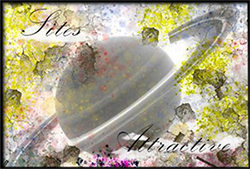
Palencia is a harsh land, especially in that part that forms the natural border with old Castile and is known as Gothic Fields, but it is also a providential land, in terms of historical richness and architectural heritage.
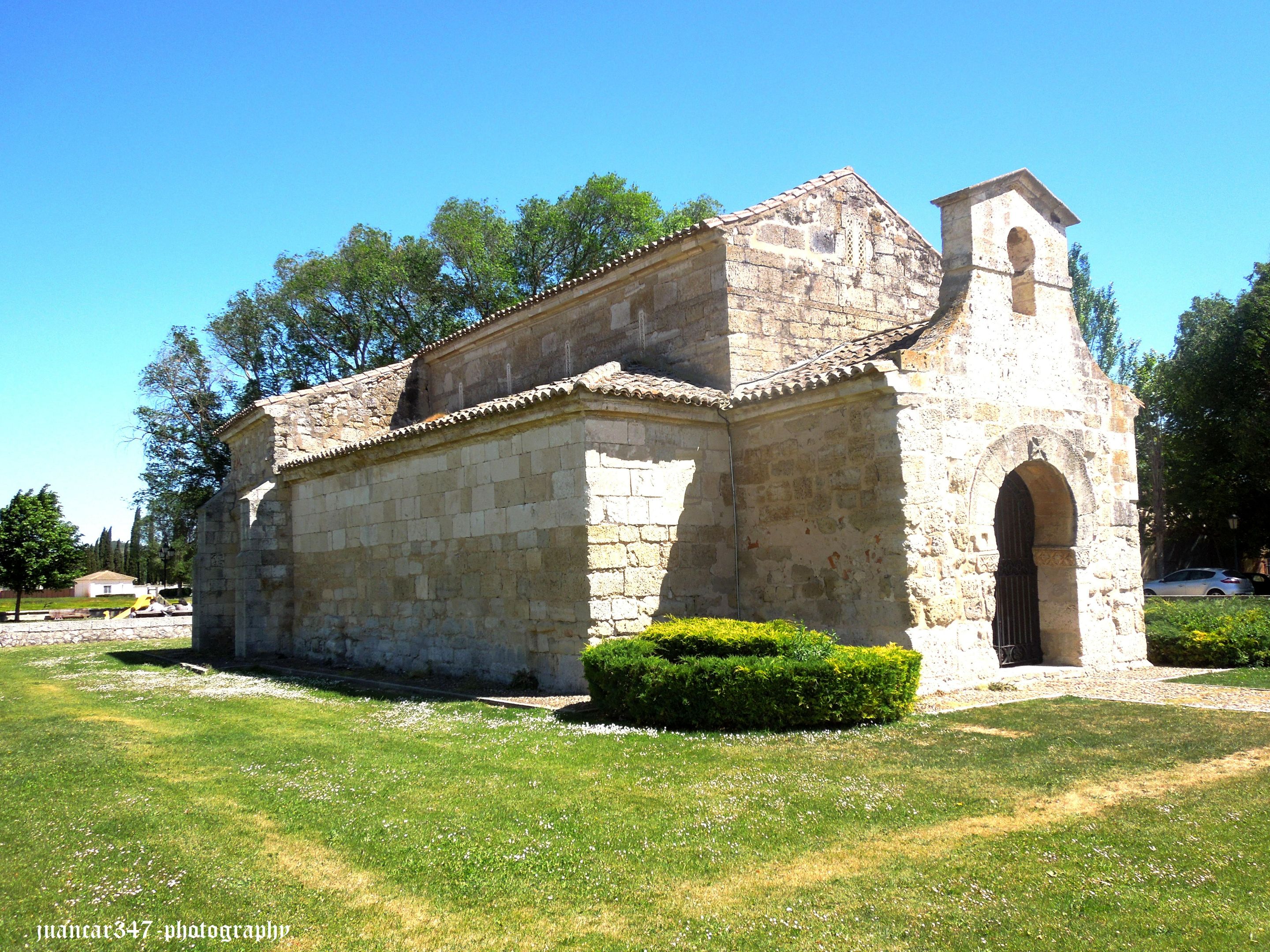
An architectural heritage that stands out for having, better or worse preserved, a very important part of that art of Christianity, as the Romanesque was considered for centuries, but which also preserves some notable examples of what could well be considered as invaluable fragments of the lost world of the Visigoths.
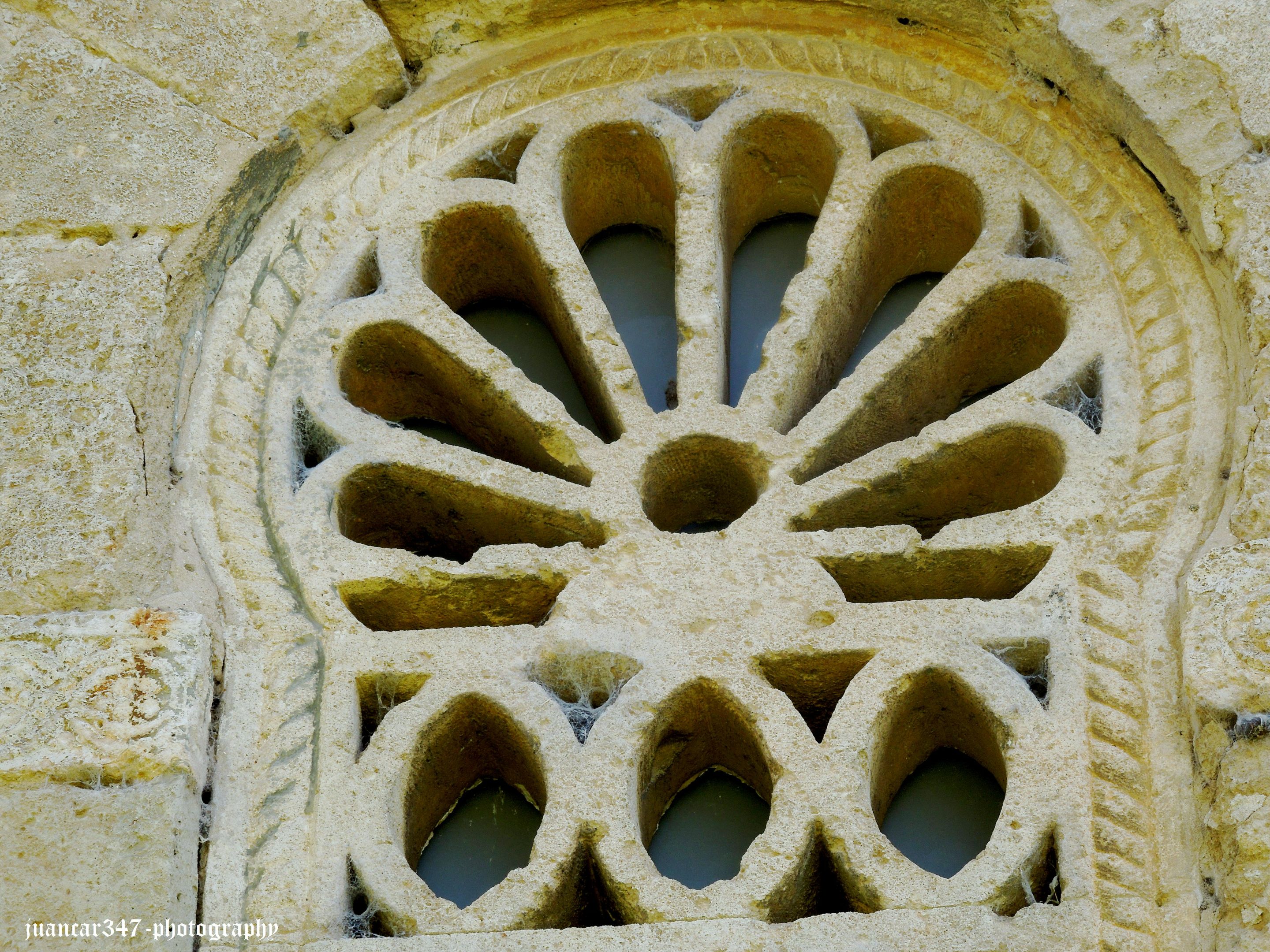
Apart from the significant Crypt of San Antolín -on which the imposing cathedral of Palencia was later erected, which the people of Palencia affectionately call 'the beautiful stranger'- the most outstanding surviving example of Visigothic art, we have it a few kilometers from Palencia capital, in a town whose name is Baños de Cerrato, currently attached to Venta de Baños.

Away from the typical basilica plan in the form of a Greek cross -appreciable in other constructions of its time, such as the basilica church of Santa María de Melque, located in the Montes de Toledo, that of Santa Comba, located a few kilometers from the border with Portugal, in the municipality of Bande in Ourense or even with the Zamoran and pilgrim basilica of San Pedro de la Nave- the trapezoidal perimeter of its nave -a plausible consequence of having been erected on top of an ancient building of Roman origin, probably a temple- seems notice the advent of a monastery style that served as an example, in later times, to the opening of other architectural conceptions, such as the pre-Romanesque and Romanesque, the latter, displaced, approximately, at the end of the twelfth century, when it began to burst with force the new and revolutionary gothic style.
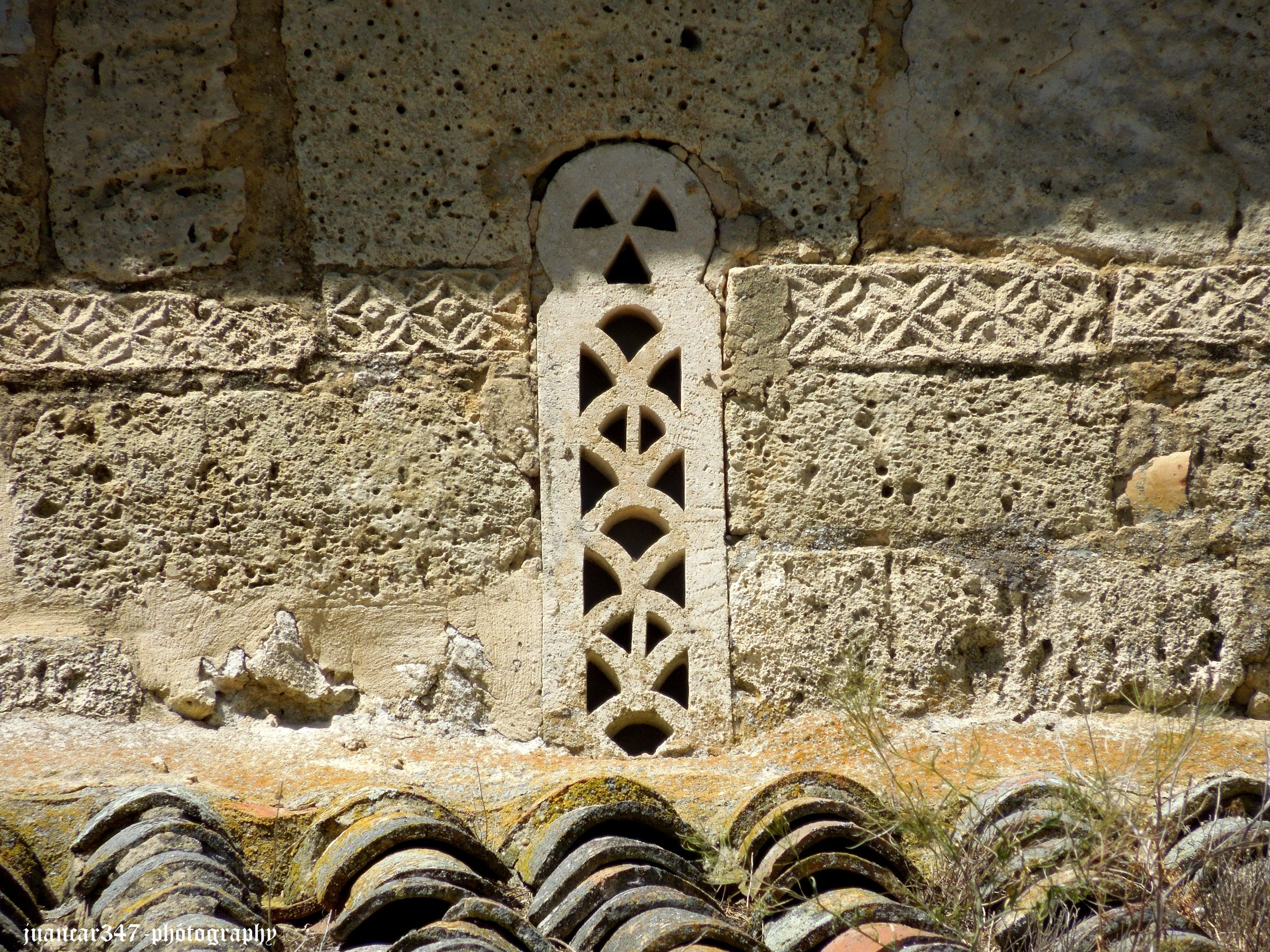
Its more than probable Romanesque antecedents include the reuse of certain materials, such as the bases, columns and capitals, which separate the nave into three sections, the highest being the central one, which is accessed through a door, with its characteristic horseshoe shape, above whose lintel there is a sculpted cross.
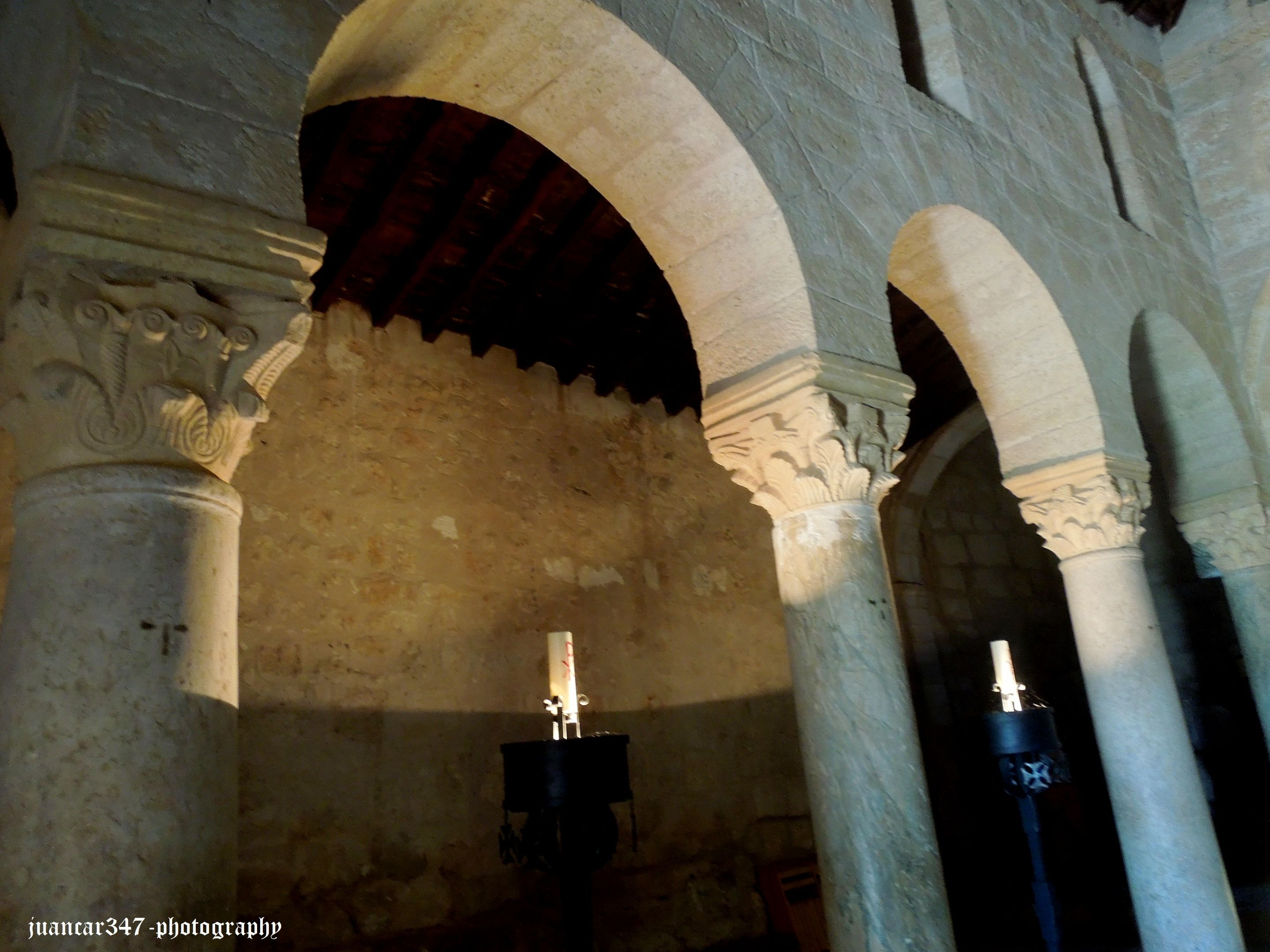
Leaving aside the modern electrical installation, due to its characteristics and the lack of adequate windows, the shadows and darkness inherent in this type of temple, recreate environments that border on the unimaginable or unknowable and that surely increased the respect, if not the fear, of some faithful, whose existence was torn between the vicissitudes of the life of the servant and that of the improvised warrior, since disputes were waged, not only among the Visigothic noble people themselves, quite fond, it seems, of conspiracies, but also against neighboring towns.

In such a way that it was in the year 661, approximately, when the then Visigoth king Recesvinto ordered its construction, after an arduous campaign against towns of Aquitanian and Basque origin, the latter town, which a few years later would end, in the mountains of Roncesvalles, with the cream of the Carolingian army of Charlemagne, although in the Pseudo Turpin and even in the Codex Calixtinus of Aymeric, insist that they were ambushed by the Muslims, giving rise to a flowery legend that every pilgrim knows.

Numerous legends have been preserved around this temple and the figure of the Visigoth king Recesvinto: when some reform works were carried out, a curious ceramic slab was found, which had an imprinted hand and which the town soon took it upon itself to identify with the hand of the king himself, affirming that any visitor who put his own hand on it would attract good luck forever.
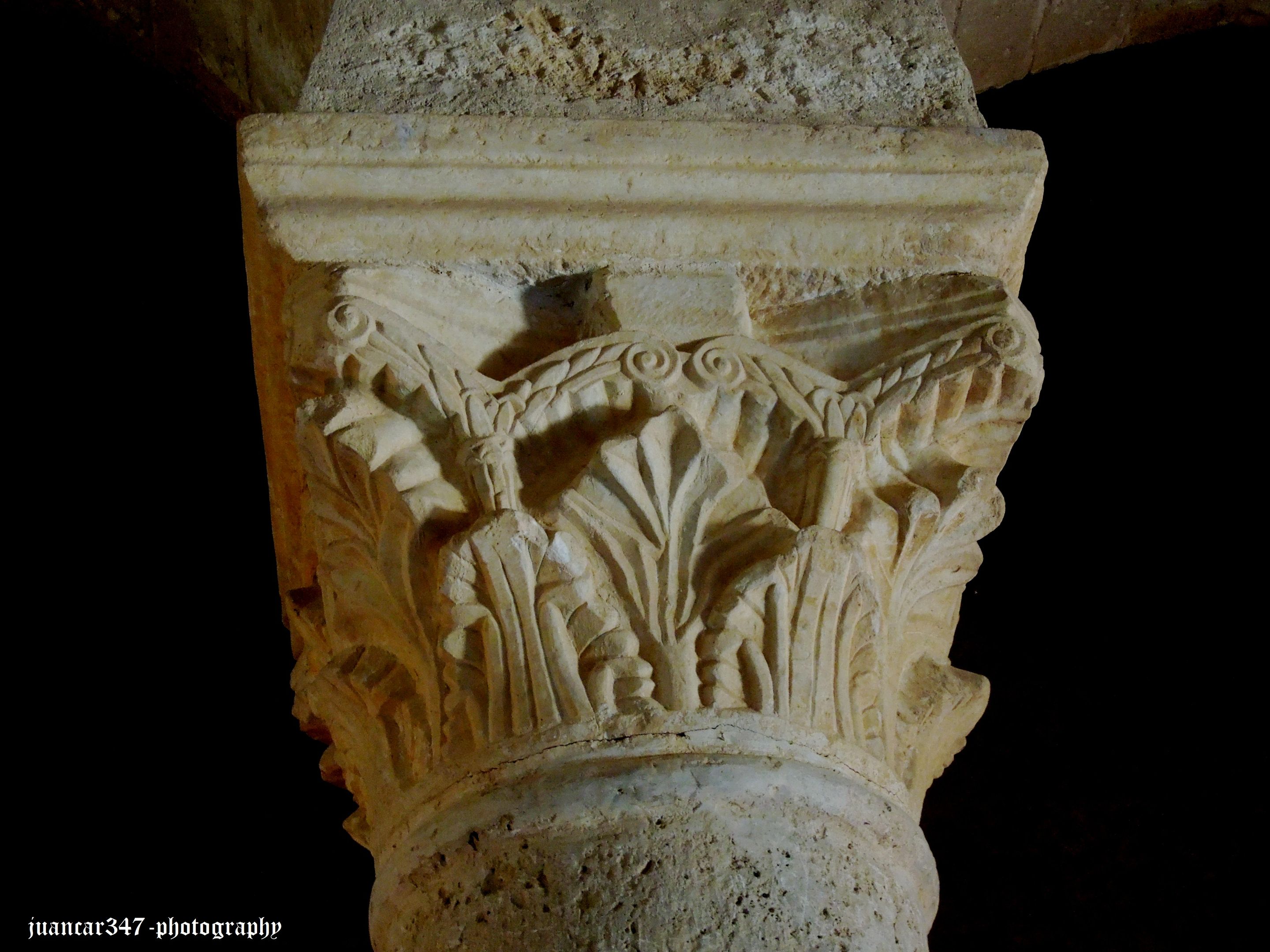
Another of the legends tells that the king had a kidney condition, which he cured immediately after drinking the water from a nearby spring -it is assumed that the aquiferous wealth of the place was already exploited by the Romans, who installed thermal springs there - which currently bears his name: fountain of King Recesvinto and from which the Municipality of Baños de Cerrato recommends not drinking, as the corresponding signs warn, for not considering said water to be drinkable.

In short: one more testimony to the fragmented history of a people, the Visigoths, whose disappearance marked a milestone in the Iberian Peninsula and also left, more than a true architectural legacy, a whole legacy of memories and legends, which have remained in popular imagination until relatively recent times.
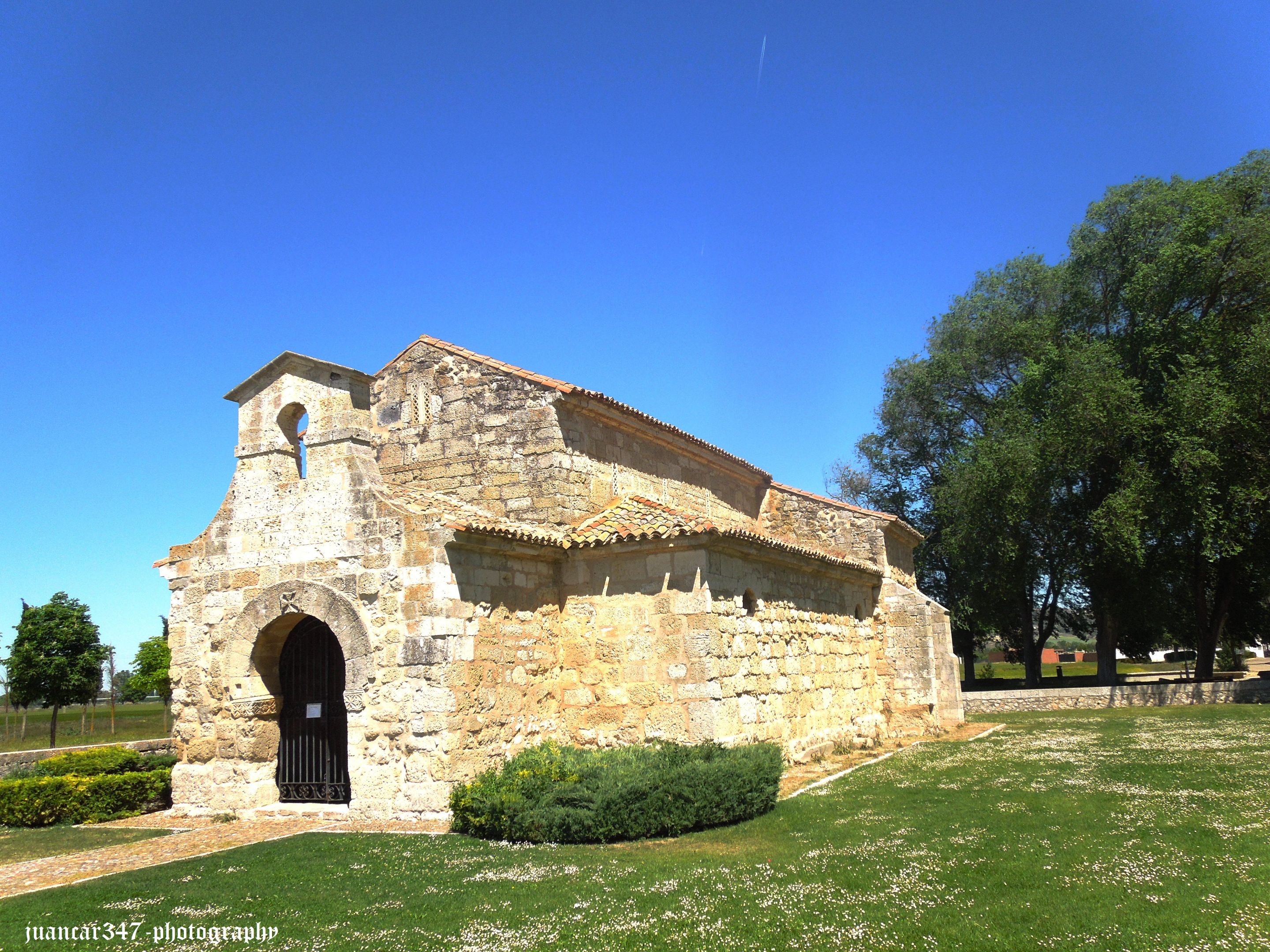
NOTICE: Both the text and the accompanying photographs are my exclusive intellectual property and therefore are subject to my Copyright.
